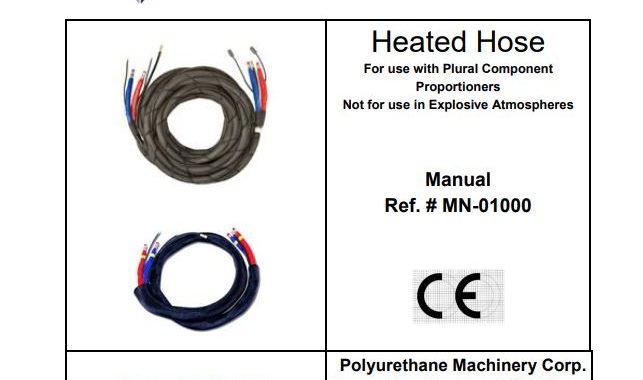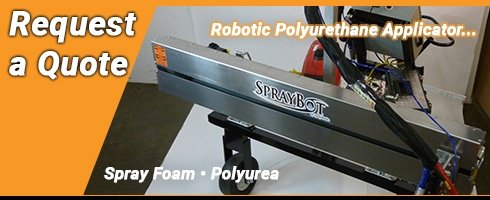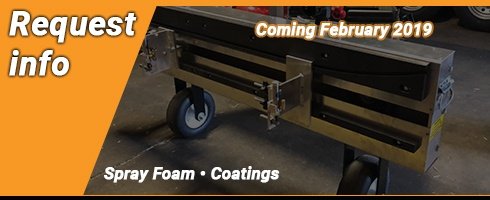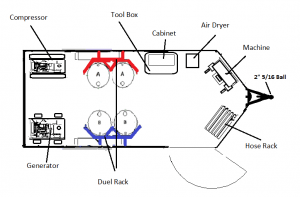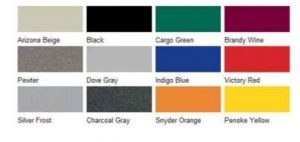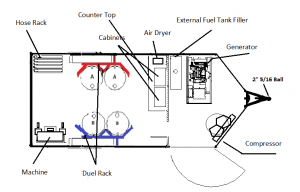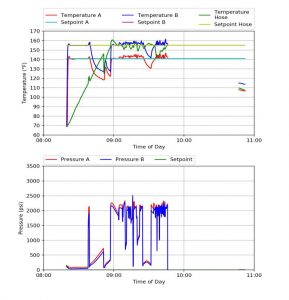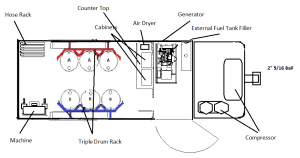Sometimes, there are things you just learn over time. Our team of experts have shared some of the trade secrets they have learned through successes and failures.
Jim Davidson
Jim Davidson is the Managing Partner at SprayWorks Equipment Group. He has 50 years of experience in the spray foam industry and has worked alongside many of the industry pioneers. Jim has designed and created industry equipment such as; Spraybot, Barrel Blazer, Roboliner and Polybot - among others.
John Davidson
John Davidson is the VP of Operations at SprayWorks Equipment Group and is an SPFA PCP Certified Roofing and Insulation Installer, Roofing and Insulation Project Manager, and Supplier Rep. With over 30 years of experience in the spray foam and polyurea industry, John brings a wealth of knowledge and hands-on experience. He has worked on commercial and residential buildings, bridges and infrastructure.
Dave Penta
Dave Penta is the VP of Sales at SprayWorks Equipment Group. For the past 30+ years, Dave has worked with multiple industries including; commercial and residential buildings, along with spray foam and coatings systems.
SPRAY GUNS
Use the Correct Mixing Chamber & PCT Combo
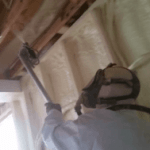
The Importance of Spray Gun Cleaning
With over 100 years of combined experience in the spray foam industry, SprayWorks is the leading supplier of spray foam equipment. We are dedicated to making sure your business has everything you need to get started when it comes to spray foam, and to grow well into the future.
A major component of a successful spray foam business is ensuring your equipment is in tip-top condition and is ready to tackle any job. This means regular spray gun cleaning as well as maintenance on its assorted parts. By Understanding how to clean a spray gun, you’ll be able to keep it in great condition for many years to come.
Test Your Side Seals and O-Rings for Proper Seating
After replacing the o-rings in your AP-2 Gun, it’s important to make sure they are sealing properly. In order to test if the side seals are seating properly and the o-ring is sealing, follow these steps:
With the safety on and the gun disconnected from the hose, hook an air hose onto the gun and pull on the trigger. This pulls the chamber back slightly which cuts the airflow coming out of the tip. The air should cease from blowing out of the tip and should only slightly exhaust at the vent near the handle and the air-motor. If the side seal, the o-ring around the side seal or the oring at the screen screw is not sealing the air will push out of the check valve seat.
Continue reading→
HOSES
The Right Transfer Pump
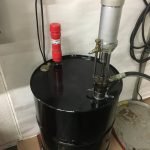
Importance of Greasing Your Transfer Pump
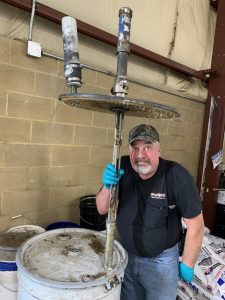
PMC Heated Hose Manual
Use the PMC Heated Hose Manual for uses, repair kit numbers, mixing chambers, maintenance, and troubleshooting.
TRANSFER PUMPS
When to Perform Maintenance Checks
Avoid unnecessary down time by performing maintenance checks before you start your day. It is easier to perform these checks while the system is cool and pressure free. Taking this step saves you downtime later if something was wrong.
How to Fix your Transfer Pump – Before you Replace it
PMC GHO, IPM OP series, Graco T2 Transfer Air motor performance
After use, the transfer pump air motor starts operating sluggish and leaks air. This is generally due to deforming (wear) of the upper reversing spring and the upper air valve gasket. You can notice the spring wear off in two ways. The first being the pump fails to return to the down stroke and secondly the pump will pause momentarily when reversing to the down stroke which appears as a cavitation type action. In this situation, hanging the spring is the best solution, but when in a pinch, stretching the spring to its near original length can get you through the day.
SCREENS & FILTERS
Nothing Found
It seems we can’t find what you’re looking for. Perhaps searching can help.
WEATHER
Watch for Crystals Forming in your Hose
When winterizing and storing hoses over an extended amount of time, be sure to clean the system thoroughly. Often, the flush and remaining isocyanate will separate over time. With the isocyanate clinging to the hose walls, fittings and various locations throughout the equipment doesn’t come out 100% with an initial flush. As a result, when the hose is put back in service, the heating required will cause expansion – dis-bonding the settled isocyanate. To help prevent this, be sure to thoroughly flush the system and follow up with a second flush within 3-4 days. This action will allow time for the remaining isocyanate to settle and be cleared with clean flush.
PROCESS & DOCUMENTATION
Making a Record of Your Parts
Proper part identification is extremely important to ensure you are receiving the correct part for your machine. If a part is ordered by the wrong number, the wrong part is shipped and extra shipping charges are incurred for returns. But more important than the extra shipping involved, is the possible loss of production time that this unnecessary delay may cause you.
I recommend making a record of all part numbers, as equipment is purchased. This will help prevent delays and added expense.

